When it comes to installing a new bathroom sink or giving your current one a facelift, you may be wondering whether you should use caulk or grout to seal the edges. Both have their own benefits and drawbacks, so let's take a look at which one may be best for your bathroom. Do you caulk under bathroom sink or grout?
Before we dive into the specifics of caulk and grout, it's important to understand the main difference between the two. Caulk is a flexible, waterproof sealant that is typically used for gaps and joints, while grout is a mixture of cement, sand, and water that is used to fill in tile joints. Both serve as a barrier against water and moisture, but they have different applications in the bathroom. Caulk or Grout: Which is Best for Your Bathroom?
If you've decided that caulk is the best option for your bathroom sink, here's a quick guide on how to properly apply it. First, clean the area around the sink with a mild cleaner and let it dry completely. Next, cut the tip of the caulk tube at a 45-degree angle and insert it into a caulk gun. Apply a thin and even bead of caulk along the edges of the sink, using a damp finger or caulk smoothing tool to smooth it out. Finally, let it dry for 24 hours before using the sink. How to Caulk a Bathroom Sink
As mentioned before, caulk and grout serve different purposes in the bathroom. While caulk is flexible and can move with the sink, grout is more rigid and can crack over time. This makes caulk a better option for areas that may experience movement, such as the joint between the sink and countertop. Grout, on the other hand, is better suited for filling in tile joints on floors and walls. The Difference Between Caulk and Grout
When deciding between caulk and grout for your bathroom, there are a few factors to consider. If you have a sink that is prone to movement, such as a pedestal sink, then caulk is the better option to prevent cracks and gaps. If you have tile floors or walls in your bathroom, grout is necessary to fill in the joints and prevent water seepage. It's also important to consider the color options for both caulk and grout, as they can come in a variety of shades to match your bathroom's aesthetic. How to Choose Between Caulk and Grout for Your Bathroom
Properly sealing your bathroom sink is crucial for preventing water damage and mold growth. Without a proper barrier, water can seep into cracks and gaps and cause damage to your walls and floors. It's also important for maintaining the cleanliness of your bathroom, as caulk and grout can prevent water from getting behind your sink and creating a breeding ground for bacteria. The Importance of Properly Caulking and Grouting Your Bathroom
Here are a few additional tips for ensuring a successful caulk or grout job in your bathroom: - Make sure the area is clean and dry before applying caulk or grout. This will ensure better adhesion and prevent mold growth. - Use a caulk smoothing tool or a damp finger to smooth out the caulk for a professional finish. - When applying grout, use a grout float to push the mixture into the joints and then wipe away the excess with a damp sponge. - Let the caulk or grout dry completely before using the sink or shower. Tips for Caulking and Grouting Your Bathroom
Both caulk and grout have their own advantages and disadvantages in the bathroom. Here are a few to consider: - Caulk is more flexible and can move with the sink, making it less prone to cracking. It also comes in a variety of colors to match your sink and countertop. - Grout is better for filling in tile joints and preventing water seepage. It is also more durable and resistant to staining. - However, caulk can discolor and crack over time, while grout can be more difficult to clean. The Pros and Cons of Caulking vs Grouting in the Bathroom
If you're looking to replace old caulk or grout in your bathroom, here's how to do it effectively. To remove caulk, use a caulk softener and a caulk removal tool to scrape away the old caulk. For grout, use a grout saw or a chisel to carefully remove the old grout from between tiles. It's important to be gentle to avoid damaging the surrounding tiles. How to Remove Old Caulk and Grout in Your Bathroom
Finally, here are some common mistakes to avoid when sealing your bathroom sink with caulk or grout: - Not properly preparing the area before applying caulk or grout. This can lead to poor adhesion and mold growth. - Using the wrong type of caulk or grout for your specific bathroom needs. Be sure to choose a waterproof and mold-resistant option. - Not letting the caulk or grout dry completely before using the sink or shower. This can cause the seal to break and allow water to seep in. With these tips and techniques, you can confidently choose between caulk and grout and properly seal your bathroom sink for a clean and functional space. Remember to regularly check and replace any old or damaged caulk or grout to prevent water damage and maintain the cleanliness of your bathroom. Common Mistakes to Avoid When Caulking or Grouting Your Bathroom
Why You Should Consider Caulking Under Your Bathroom Sink Instead of Grouting

The Importance of Proper Sealing in Your Bathroom Design
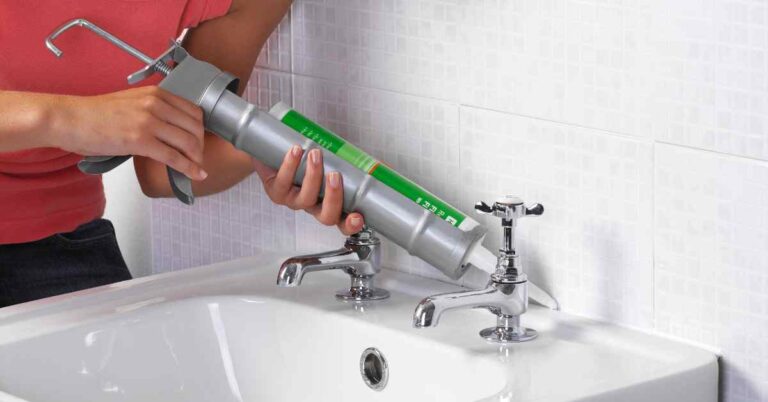 When it comes to designing your bathroom, proper sealing and waterproofing are essential elements to consider. Not only do they prevent water damage and mold growth, but they also contribute to the overall aesthetic of your space. This is why choosing the right material for sealing and grouting is crucial.
Caulk
and
grout
are two commonly used materials for sealing bathroom fixtures, such as sinks and showers. While both serve the purpose of preventing water from seeping into cracks and crevices, there are key differences between the two. In this article, we will discuss the benefits of caulking under your bathroom sink instead of grouting.
When it comes to designing your bathroom, proper sealing and waterproofing are essential elements to consider. Not only do they prevent water damage and mold growth, but they also contribute to the overall aesthetic of your space. This is why choosing the right material for sealing and grouting is crucial.
Caulk
and
grout
are two commonly used materials for sealing bathroom fixtures, such as sinks and showers. While both serve the purpose of preventing water from seeping into cracks and crevices, there are key differences between the two. In this article, we will discuss the benefits of caulking under your bathroom sink instead of grouting.
The Differences Between Caulk and Grout
 Grout is a cement-based material that is typically used to fill the gaps between tiles. It is a durable and long-lasting option, making it a popular choice for bathroom floors and walls. On the other hand, caulk is a flexible material that is used to seal joints and seams. It is commonly used in areas that are prone to movement, such as where the sink meets the countertop or where the tub meets the wall.
Grout is a cement-based material that is typically used to fill the gaps between tiles. It is a durable and long-lasting option, making it a popular choice for bathroom floors and walls. On the other hand, caulk is a flexible material that is used to seal joints and seams. It is commonly used in areas that are prone to movement, such as where the sink meets the countertop or where the tub meets the wall.
Why Caulking is a Better Choice for Underneath Your Bathroom Sink
 One of the main reasons why caulking is a better choice for underneath your bathroom sink is because it is more flexible than grout. The area where the sink meets the countertop is prone to movement, especially if the sink is frequently used. This can cause grout to crack and break, leading to water seepage and potential damage. Caulk, on the other hand, can withstand movement and is less likely to crack, providing a more reliable seal.
Another advantage of caulking is that it is easier to apply and maintain. Grout can be messy and time-consuming to install, requiring specific tools and techniques. Caulk, on the other hand, can be easily applied with a caulk gun and smoothed out with a damp finger. It also requires less maintenance, as it is less likely to crack or discolor over time.
One of the main reasons why caulking is a better choice for underneath your bathroom sink is because it is more flexible than grout. The area where the sink meets the countertop is prone to movement, especially if the sink is frequently used. This can cause grout to crack and break, leading to water seepage and potential damage. Caulk, on the other hand, can withstand movement and is less likely to crack, providing a more reliable seal.
Another advantage of caulking is that it is easier to apply and maintain. Grout can be messy and time-consuming to install, requiring specific tools and techniques. Caulk, on the other hand, can be easily applied with a caulk gun and smoothed out with a damp finger. It also requires less maintenance, as it is less likely to crack or discolor over time.
The Aesthetic Appeal of Caulk
 In terms of aesthetics, caulk also has an edge over grout. Grout can be difficult to keep clean, especially in areas where there is high moisture and potential for mold growth. It can also become discolored over time, affecting the overall appearance of your bathroom. Caulk, on the other hand, is easier to clean and maintain its color, giving your bathroom a more polished and professional look.
In terms of aesthetics, caulk also has an edge over grout. Grout can be difficult to keep clean, especially in areas where there is high moisture and potential for mold growth. It can also become discolored over time, affecting the overall appearance of your bathroom. Caulk, on the other hand, is easier to clean and maintain its color, giving your bathroom a more polished and professional look.
Conclusion
 While both caulk and grout serve the purpose of sealing and waterproofing, caulk has several advantages when it comes to sealing under your bathroom sink. It is more flexible, easier to apply and maintain, and has better aesthetic appeal. So, when it comes to choosing between caulk and grout for your bathroom design, consider caulk as a better option for underneath your sink. It will not only provide a better seal but also enhance the overall look of your bathroom.
While both caulk and grout serve the purpose of sealing and waterproofing, caulk has several advantages when it comes to sealing under your bathroom sink. It is more flexible, easier to apply and maintain, and has better aesthetic appeal. So, when it comes to choosing between caulk and grout for your bathroom design, consider caulk as a better option for underneath your sink. It will not only provide a better seal but also enhance the overall look of your bathroom.




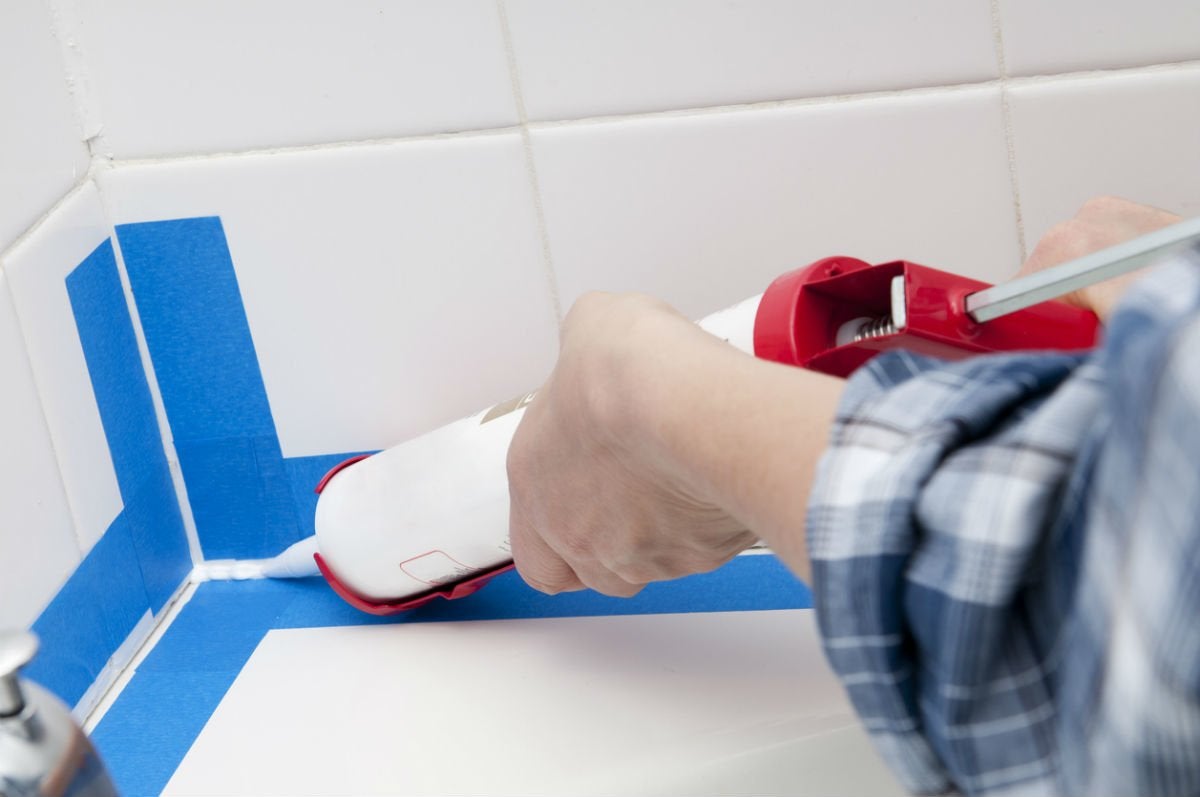








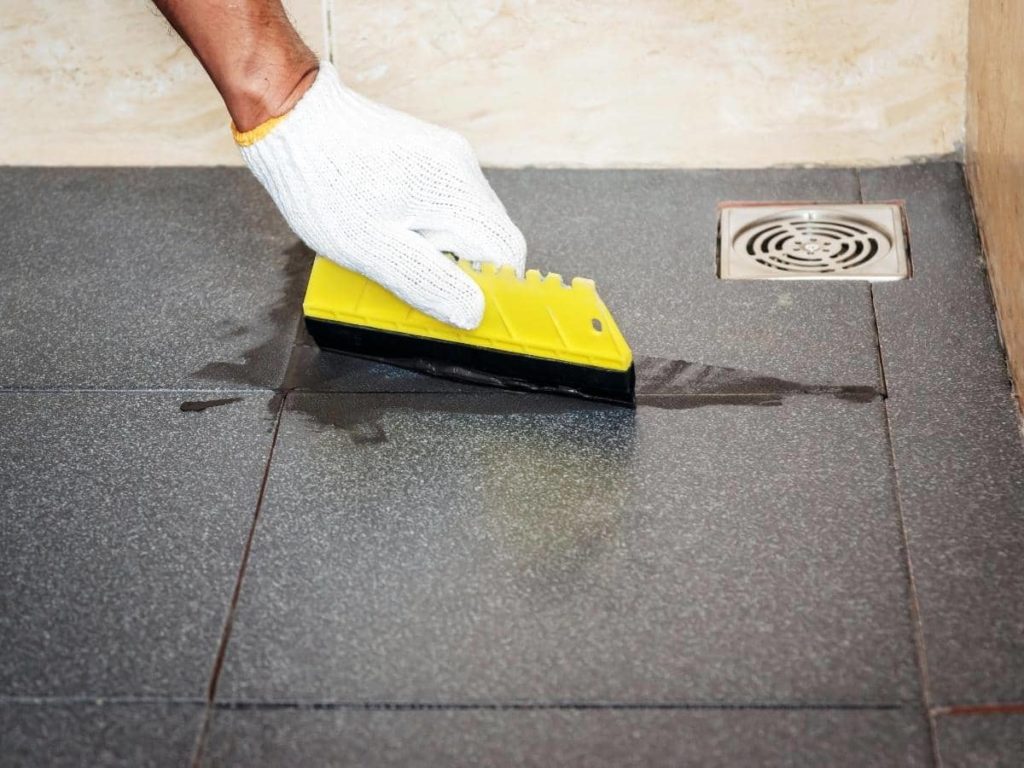







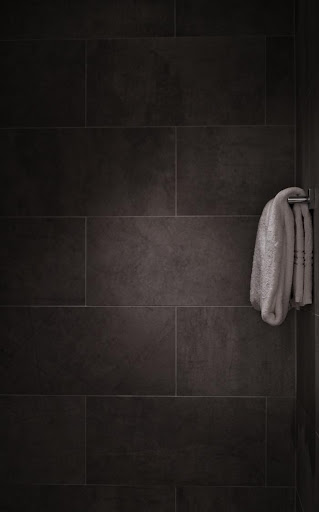



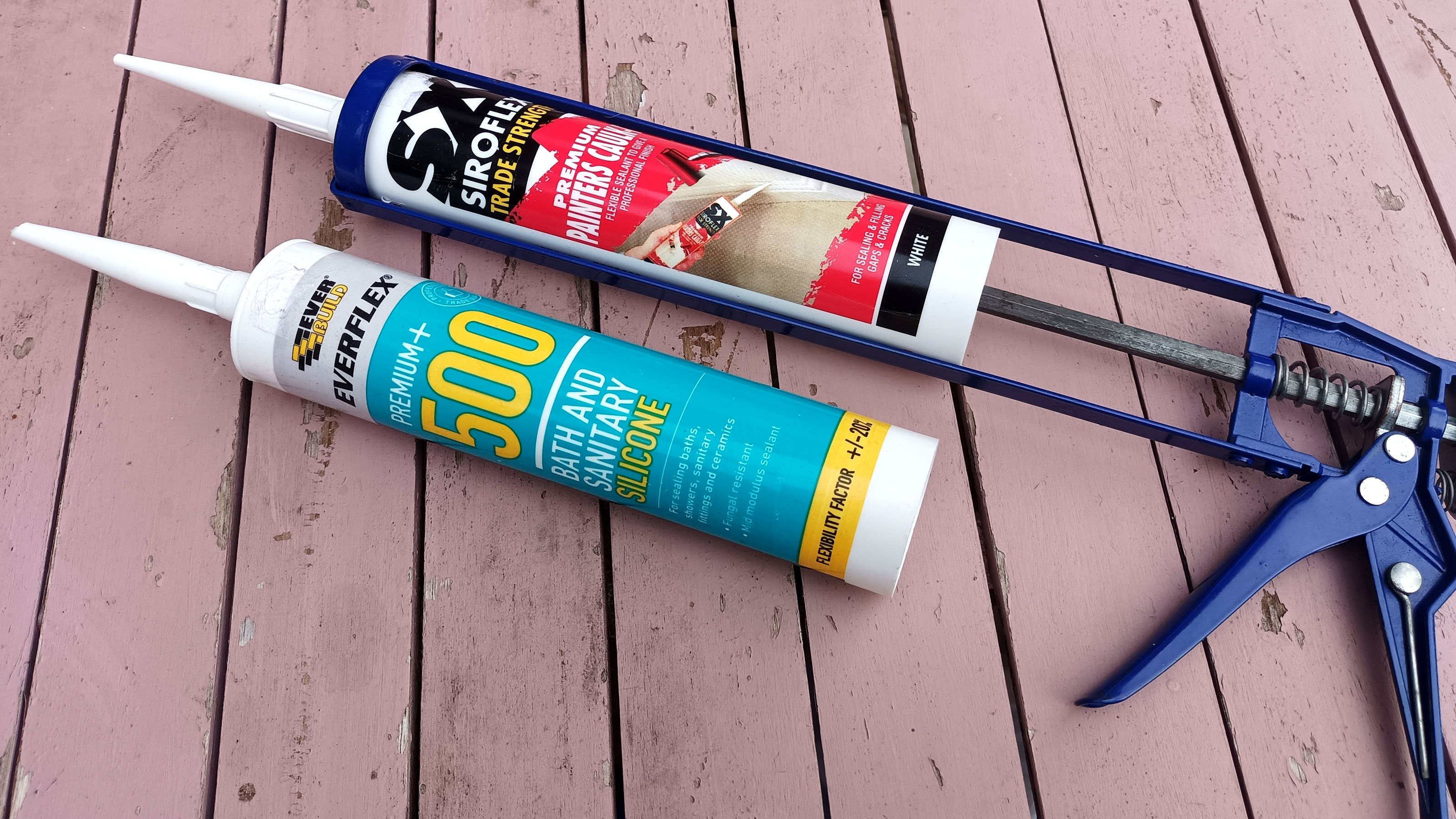

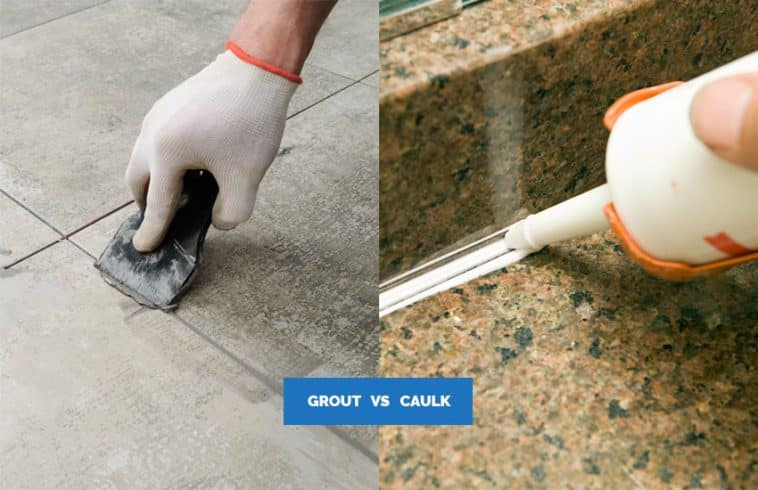
:max_bytes(150000):strip_icc()/grout-vs-caulk-7509258-FINAL-e0af5149c1da487dba54b3a078379bee.png)


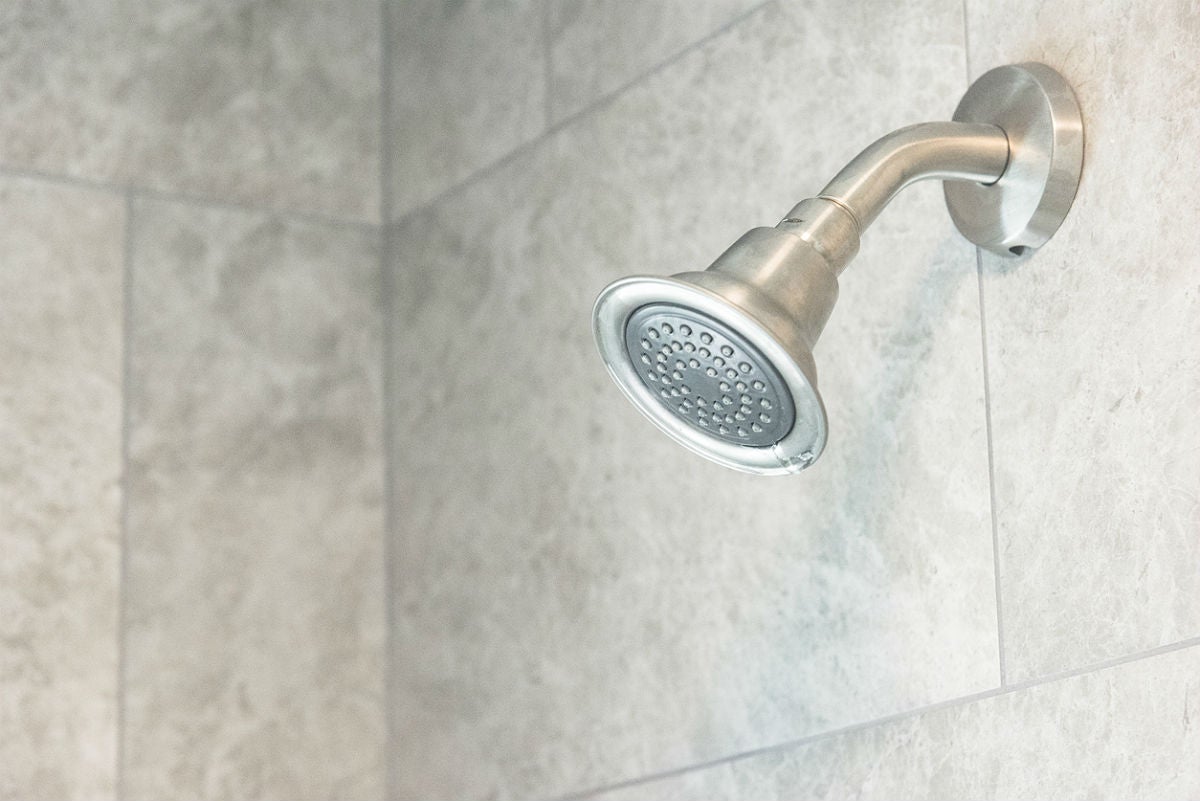




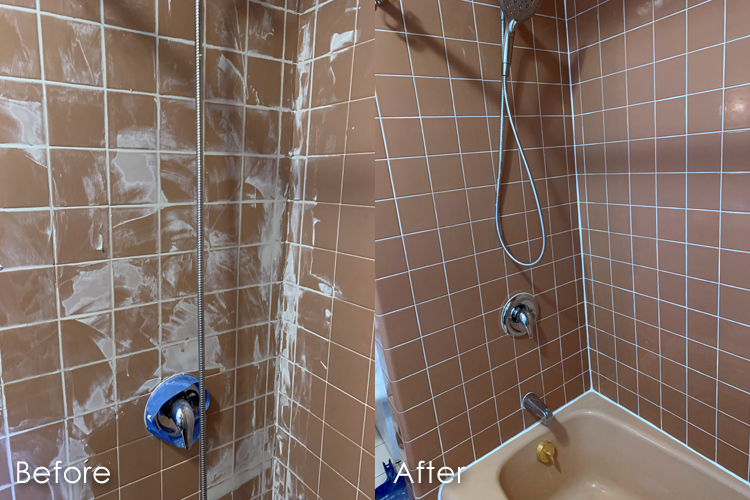

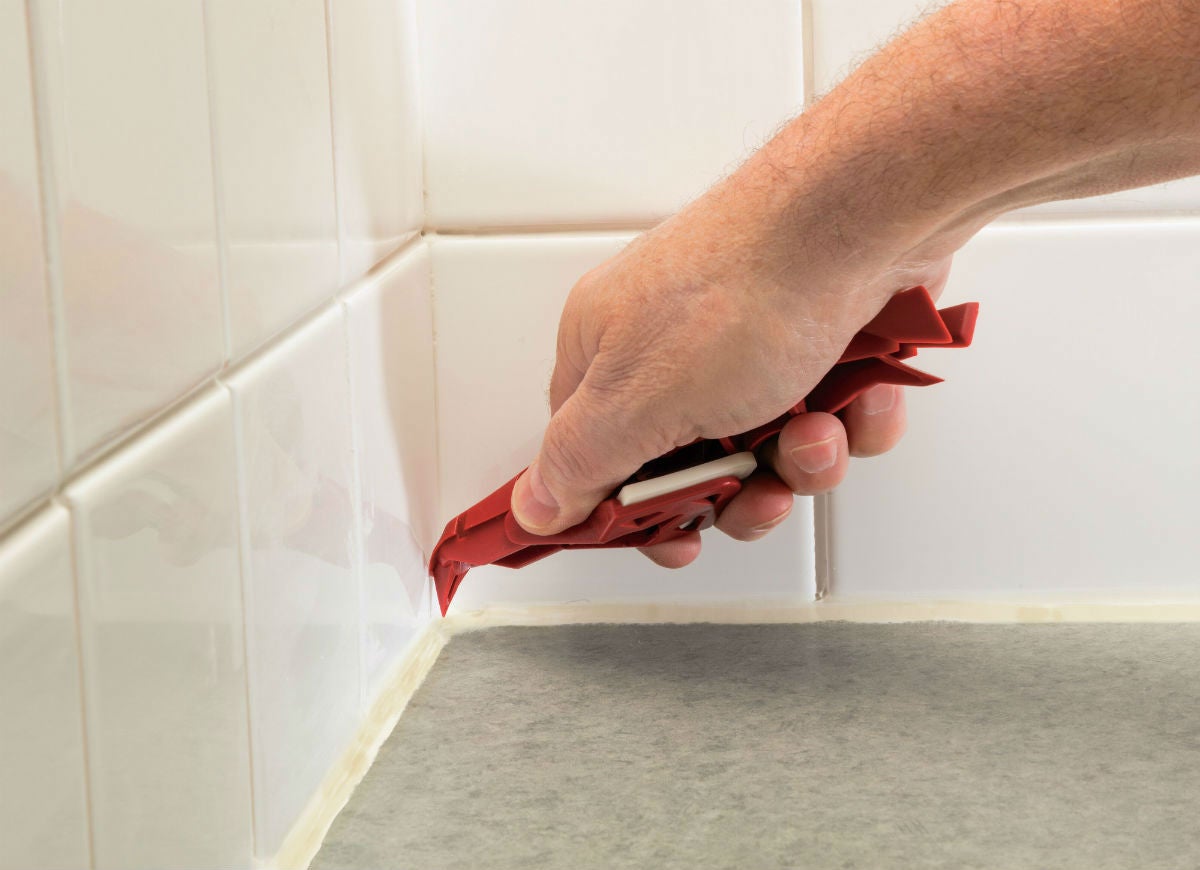
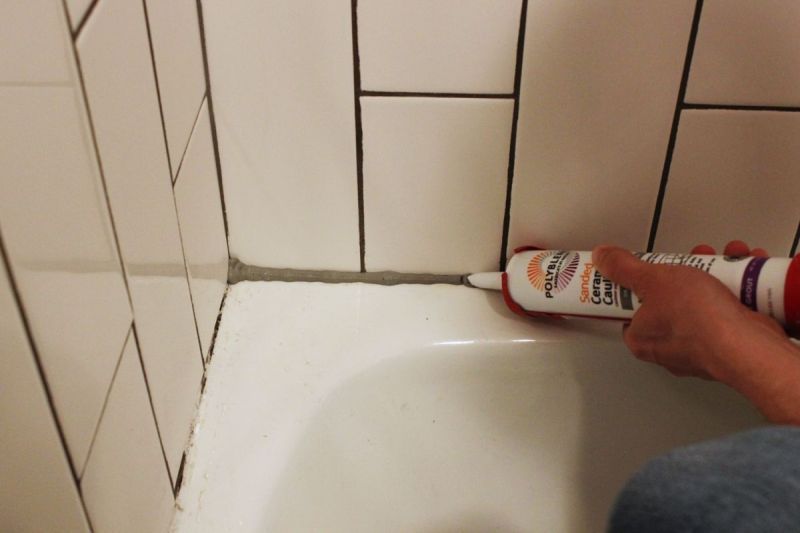









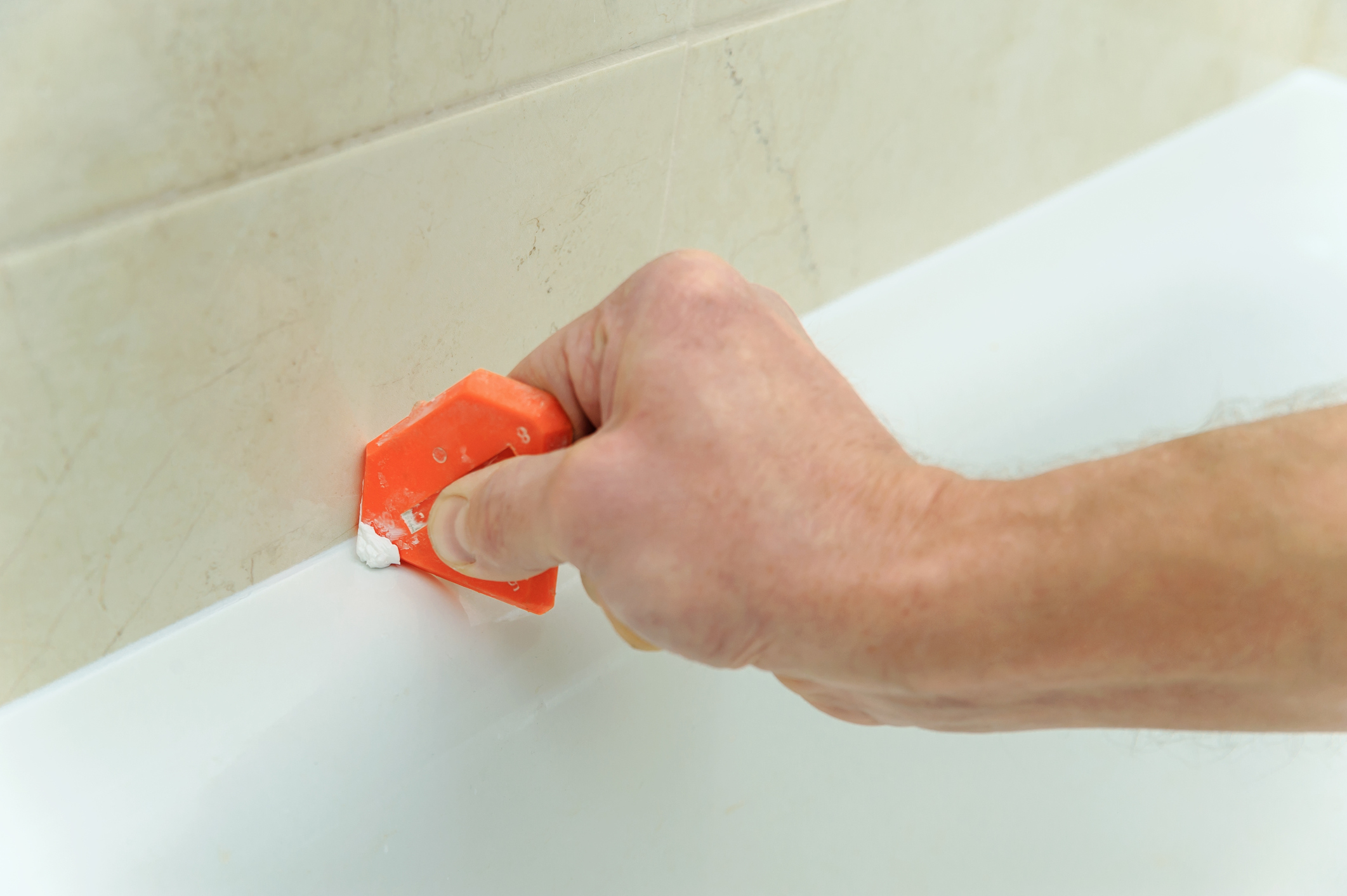

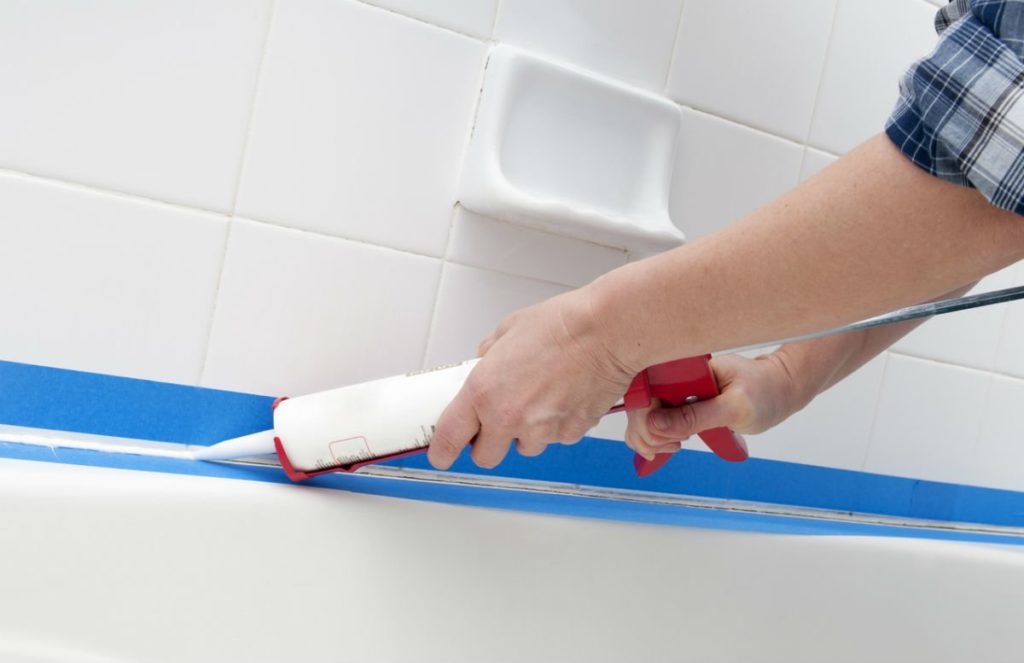


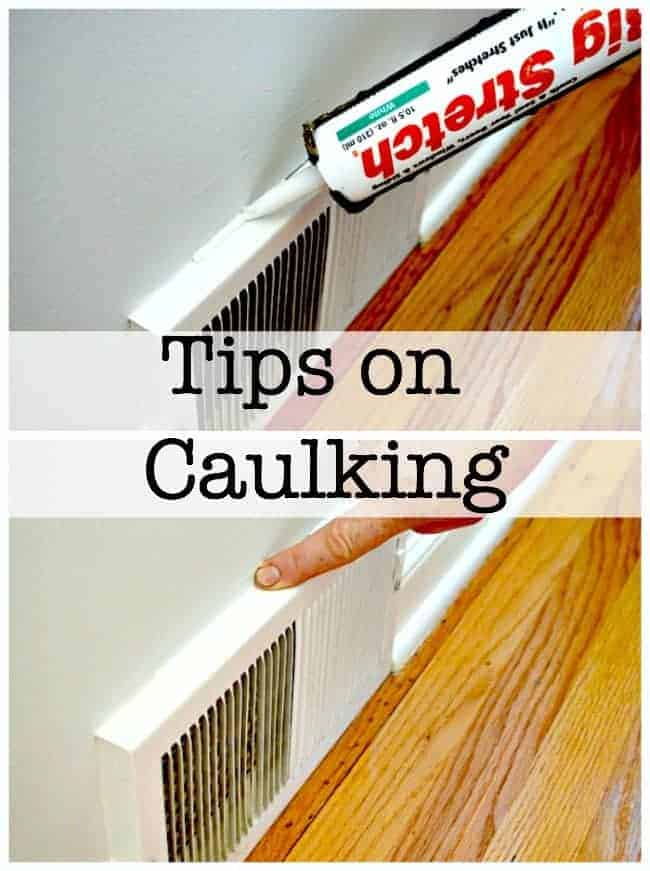
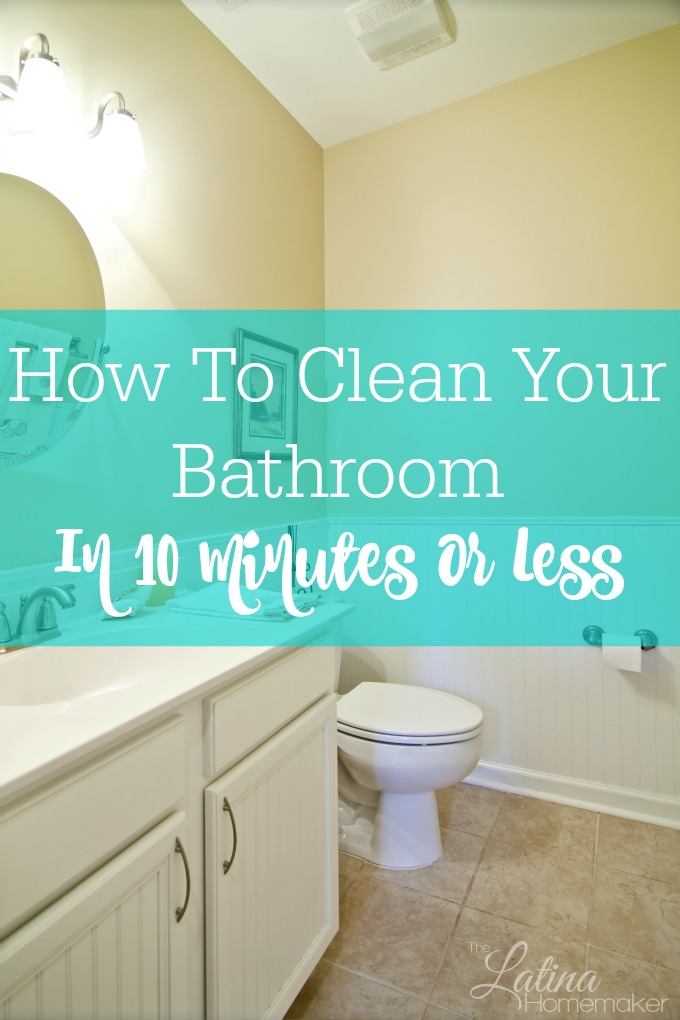





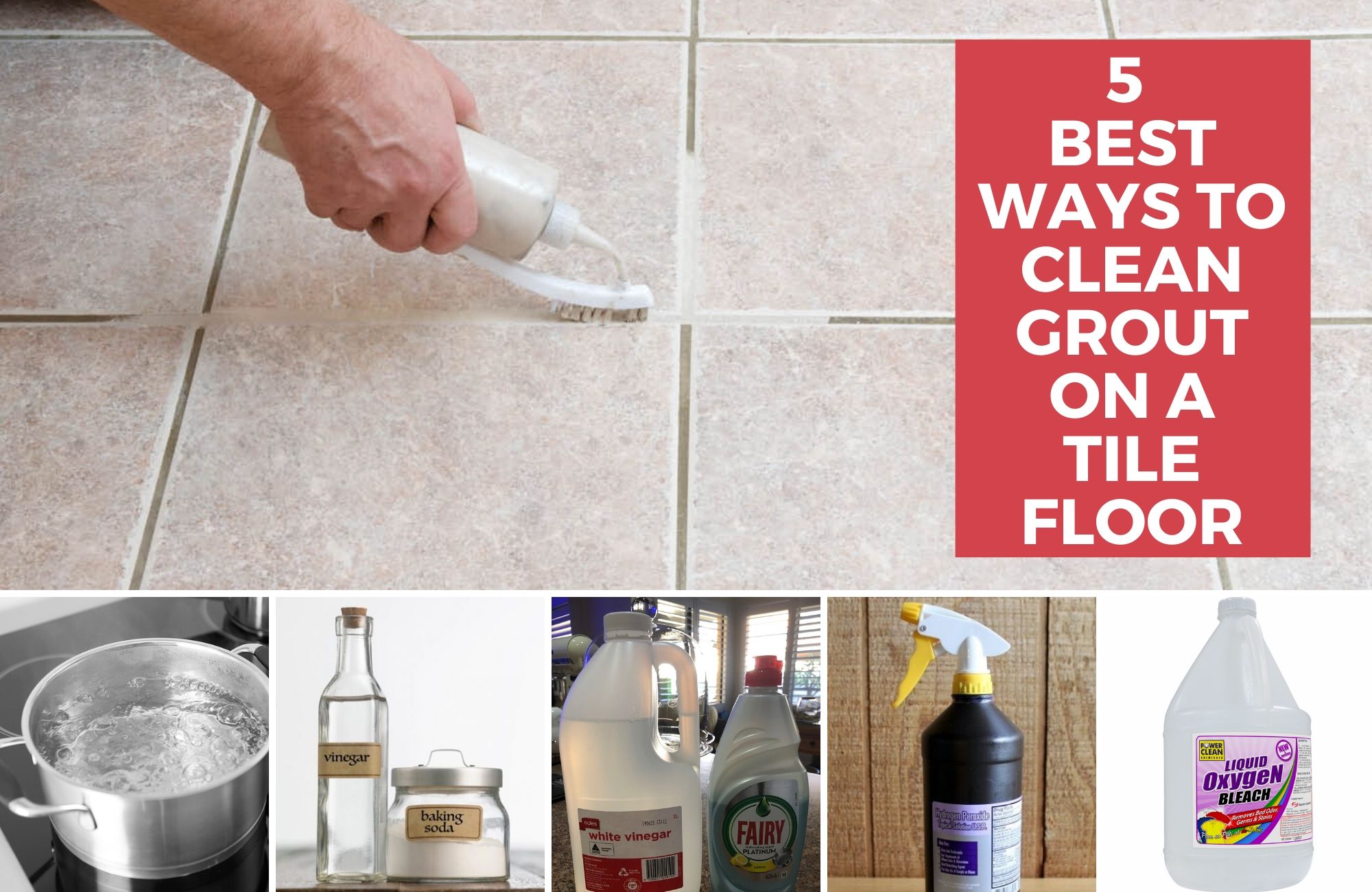







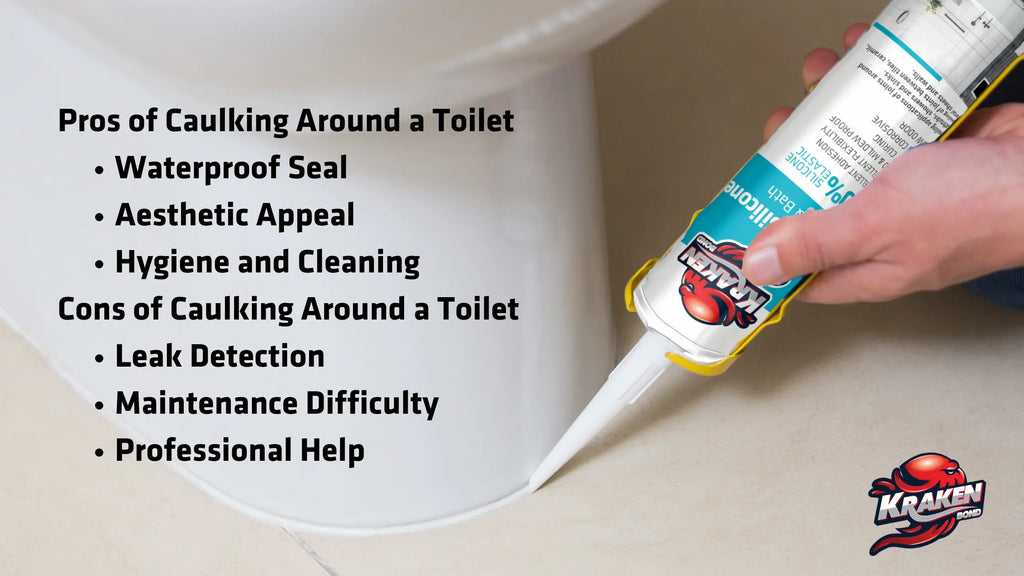






:max_bytes(150000):strip_icc()/how-to-remove-old-caulk-1824827-01-3d0370c59e124dbbaa6560c68bab111c.jpg)
























